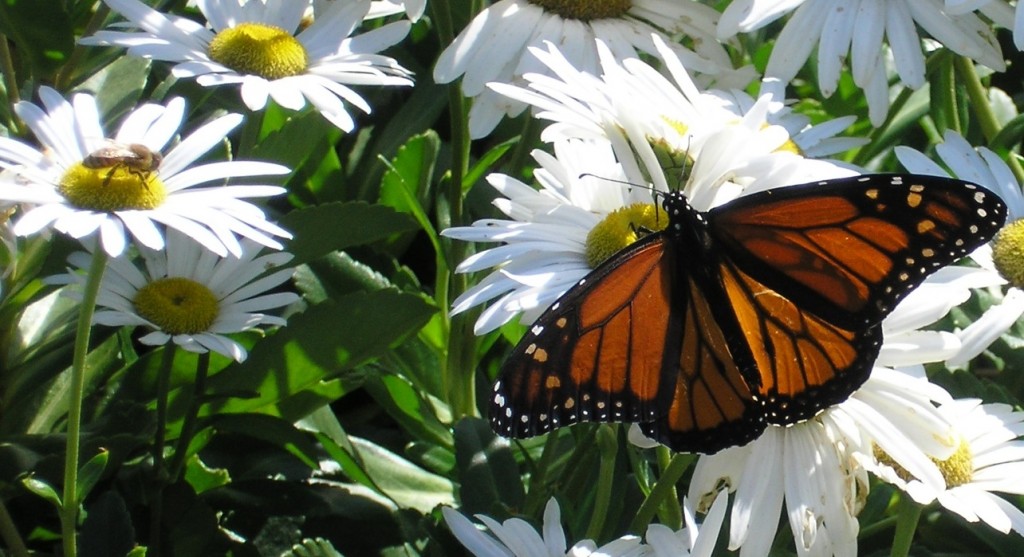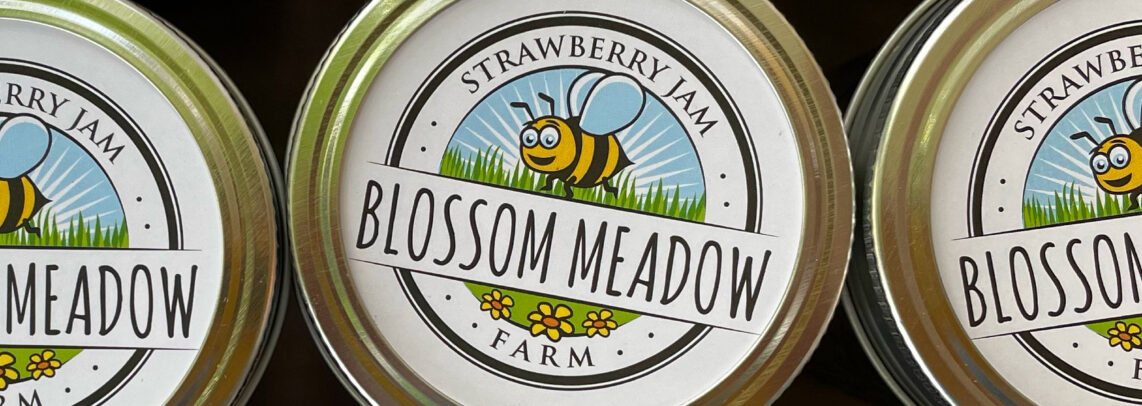Help the Monarchs
Monarch butterflies are in drastic decline1 and their awe-inspiring migration south to their overwintering grounds in Mexico is an endangered phenomenon2,3. Large-scale animal migrations, including that of the monarchs, is a phenomenon of abundance. While monarch butterflies are in little danger of disappearing altogether, what is at stake is the continued abundance of these animals as they make their long distance journey. We need to restore and protect the monarch’s migratory route – including their breeding habitat in the Northeast.
Loss of breeding habitat is a top reason for the monarch’s peril1 as milkweeds (Asclepias spp.) are the only plants upon which monarch butterflies will lay their eggs. Intensifying agriculture, development of rural lands, and the use of mowing and herbicides to control roadside vegetation have all reduced the abundance of milkweed throughout North America. Luckily, this is a problem all of us can help remedy – plant milkweed4.
Plant milkweed in your yard to beautify your surroundings and do your part to protect the future of the monarch butterfly! If everyone planted Asclepias in their yard, the breeding habitat for monarchs would be restored and the monarch butterfly populations would have a chance of bouncing back.
purchase milkweed/monarch flower seeds
Long Island: Part of the Monarch’s Amazing Migration
Long Island is in the monarch butterfly’s summer breeding range, reaching this latitude in June from the southeastern United States. Summer monarchs live a much briefer life than the overwintering generation; their adult lifespan is only three to five weeks compared with eight or nine months for the overwintering adults. Monarchs arriving to Long Island in June will mate and produce a couple generations here, each generation living only a month or so (keep in mind that each monarch female will only lay their eggs on monarch flowers). The shorter days and cooler air of late summer/early fall triggers biological changes in the monarch butterflies just emerging from their chrysalides. While these butterflies look like the summer adults, they won’t mate or lay eggs until the following spring. Because monarchs cannot survive extended periods of freezing temperatures, the butterflies fly south for thousands of miles to overwinter in the mountains of central Mexico from November through March. The fall migration to Mexico is at its peak over Long Island in mid-September. The following spring, the overwintered monarchs fly north and the migrating females lay eggs on the monarch flowers they find, recolonizing the southern United States before they die. It is the offspring of these southern monarchs that complete the spring journey northward and once again colonize the whole summer breeding range, including Long Island. The monarch is the only butterfly in the world that makes such a long two-way migration each year.
1. Brower, L. P., Taylor, O. R., Williams, E. H., Slayback, D. A., Zubieta, R. R. and Isabel Ramirez, M. (2011) Decline of monarch butterflies overwintering in Mexico: is the migratory phenomenon at risk?. Insect Conservation and Diversity. doi: 10.1111/j.1752-4598.2011.00142.x (see http://www.saynotogmos.org/ud2011/fp-content/docs/Brower_2011.pdf)
2. Wilcove, David S. (2008) Animal Migration An Endangered Phenomenon? Issues in Science and Technology (see http://www.issues.org/24.3/wilcove.html)
3. United Nations Environment Programme (2011) Convention of Migratory Species of Wild Animals. 127 pages. (see http://www.cms.int/publications/pdf/vol_1_cms_text.pdf)
4.Commission for Environmental Cooperation (2008) North American Monarch Conservation Plan. 54 pages. (see http://www.mlmp.org/Resources/pdf/5431_Monarch_en.pdf)



[…] a sec, Laura is also doing a “Save the Monarch Butterflies” effort by selling Monarch Flower seeds. Plant some seeds, grow some flowers, feed some butterflies, and reverse the habitat destruction […]